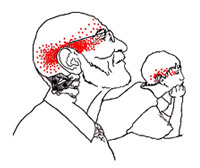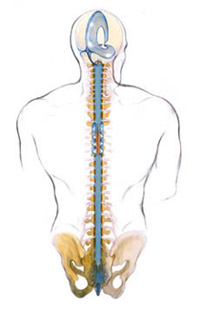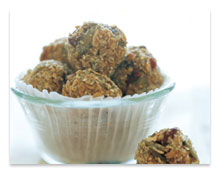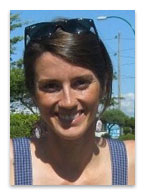We are often asked what our favorite “go to” stretches are. Here are two that target the back, hip, and knee and seem to be indicated for patients of all ages and all activity levels.
1. Iliopsoas Stretch

The Iliopsoas is a group of three muscles that join together at a common insertion point to flex the hip. Due to our all too often seated bodies, this “hip flexor” complex tends to get shortened and tight. When these muscles shorten, they tug on the attachment into the low back and create low back strain. Chronic shortening here can sometimes be a major culprit leading to disc herniations. Usually people attempt to relieve this strain by leaning forward to stretch out their low back. However, this only further shortens these muscles. Instead, when you feel your low back ache, try standing up and opening up the front of the body. People who practice yoga will recognize this stretch as the warrior position.

The Stretch: Stand facing a wall with your hands placed shoulder distance apart on the wall. Extend one leg back into a lunge position, keeping the foot facing forward, with your heel raised up. Move your hips forward until you feel a good stretch in the front of the hip. Tilt your pubic bone skywards slightly while continuing to draw your leg back. Hold this position for a slow count of 30. To further stretch the abdominal portion of the muscle, raise the arm up on the same side you are stretching. Remember when doing this stretch to keep your head up, your back straight, and your shoulders held back.
2. TFL Stretch

The TFL or Tensor Fascia Lata is a muscle that helps stabilize the pelvis and the knee during walking. When this muscle gets tight, it can be a cause of knee pain, IT band dysfunction, as well as meniscus injuries. Also, when not functioning properly the TFL can contribute to hip, low back and pelvic pain. When this “fan like” muscle shortens it draws the hip forward causing the gluteal muscles to work harder to try and reposition the hip. Power and endurance are then lost.

The Stretch: Lay down on the floor with your knees bent and your feet flat on the floor. Cross right ankle over left leg just above the knee. This position is also the beginning of the figure 4 Piriformis stretch. Roll the lower body onto your left side, guiding the right foot to the floor. Use the right hand to open the crease of the right hip while gently encouraging the right thigh bone to draw down and out from the hip. This should cause a gentle distraction of the right hip joint and you should start to feel the stretch deep into the hip.
Hang out here for a while. It takes a minute for all of the superficial tissue of the hip to open up, and get to the deeper stretch underneath. Repeat on the other side. Remember to always come out of any stretch very slowly.
 The suboccipitals are four small muscles at the base of the cranium that attach onto the first and second cervical vertebrae. They are responsible for rocking and tilting the head into extension and stabilizing the head. Shortening of the suboccipitals occurs in a head forward posture which most of us seem to have to some degree. Chronic shortening of these muscles can cause tension headaches throughout the head and behind the eyes.
The suboccipitals are four small muscles at the base of the cranium that attach onto the first and second cervical vertebrae. They are responsible for rocking and tilting the head into extension and stabilizing the head. Shortening of the suboccipitals occurs in a head forward posture which most of us seem to have to some degree. Chronic shortening of these muscles can cause tension headaches throughout the head and behind the eyes.







